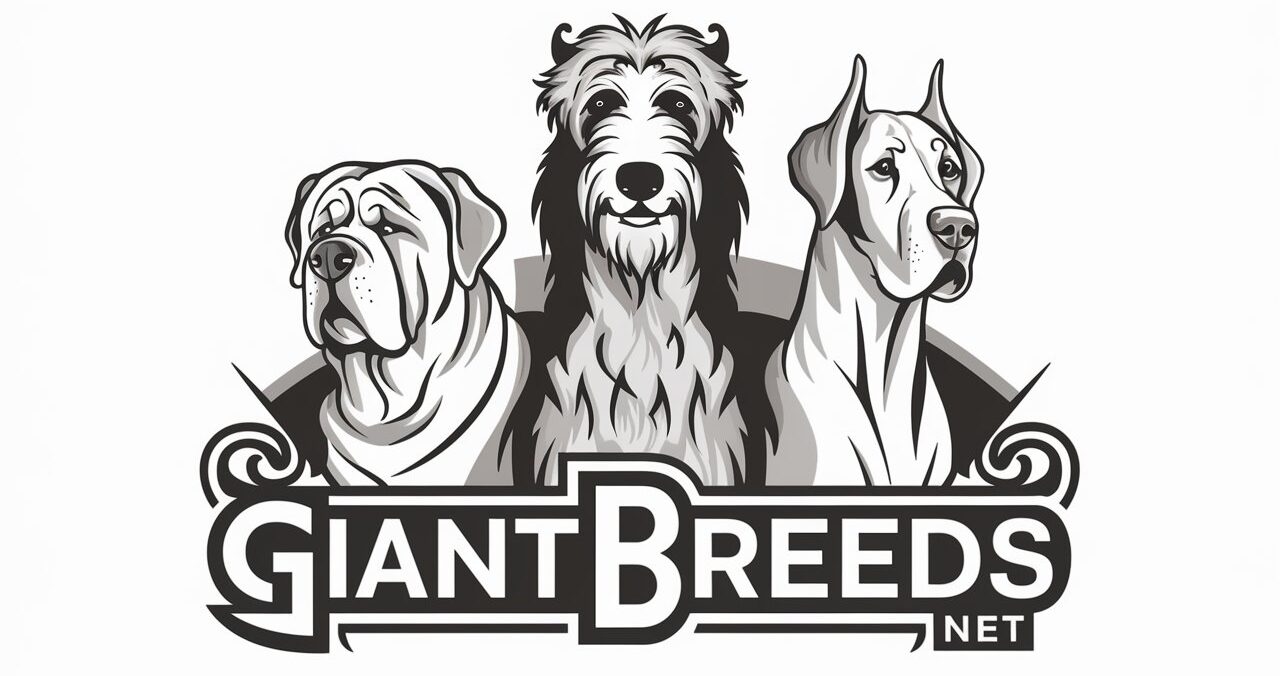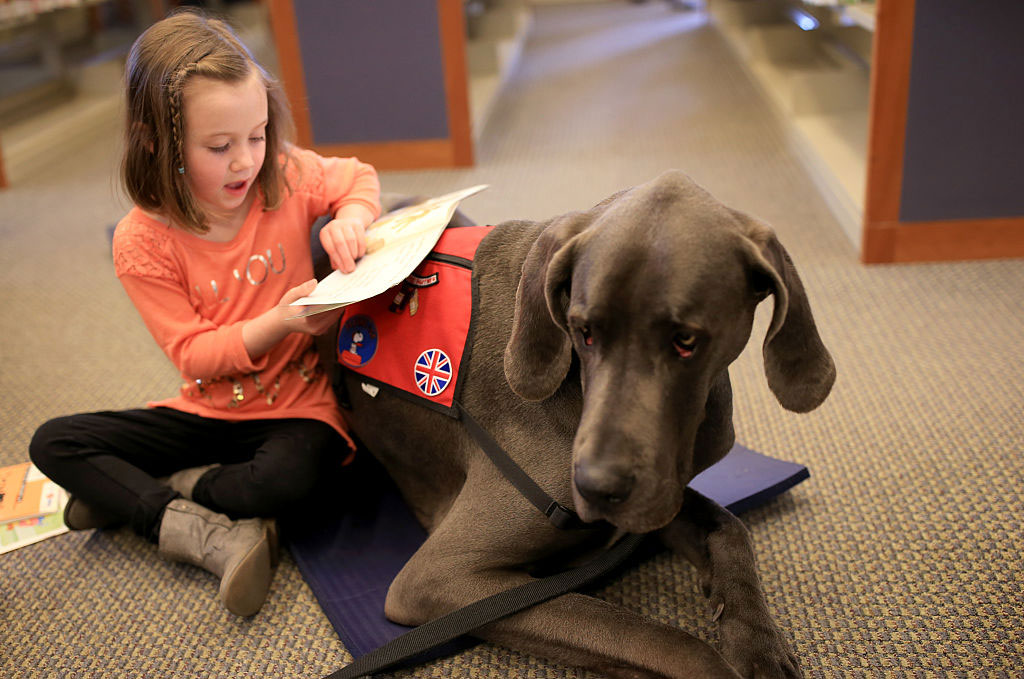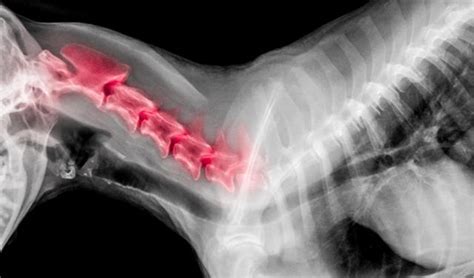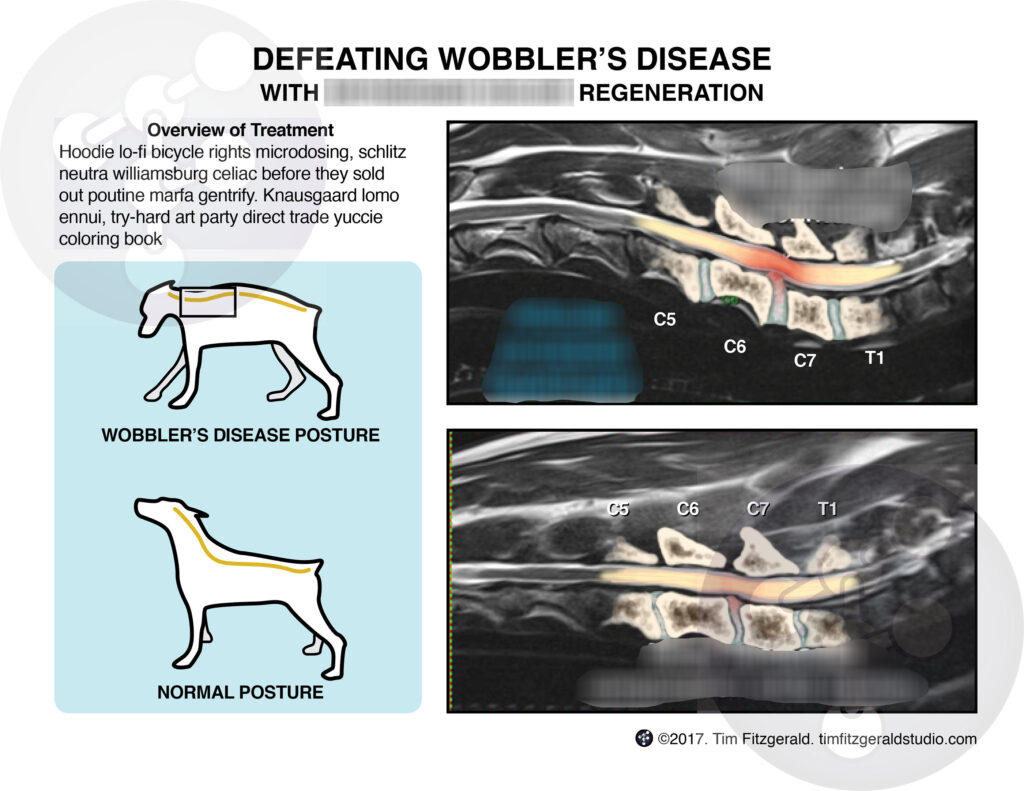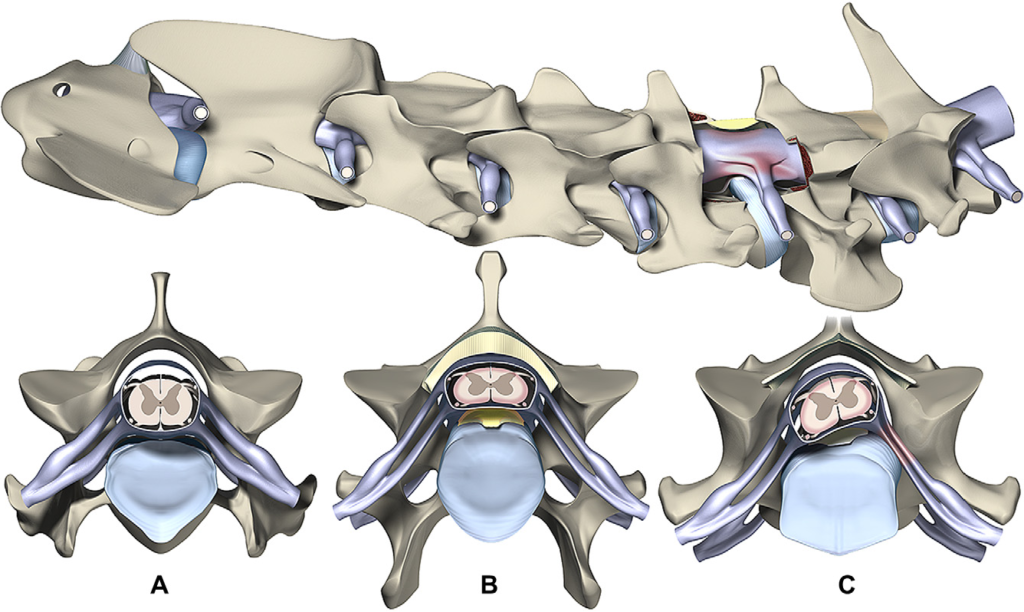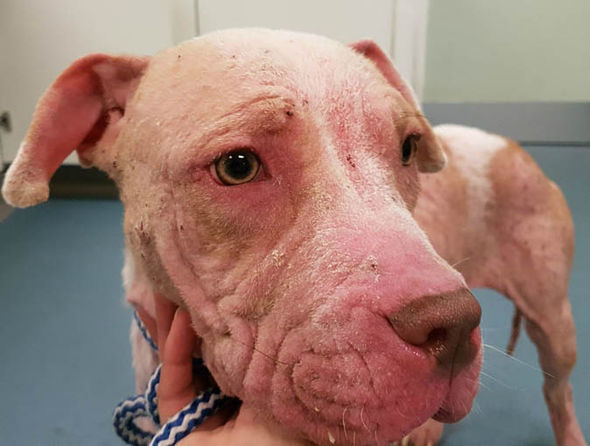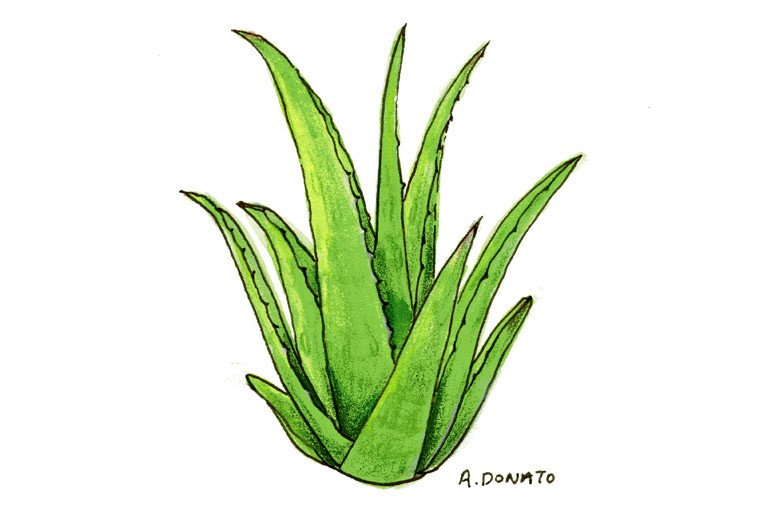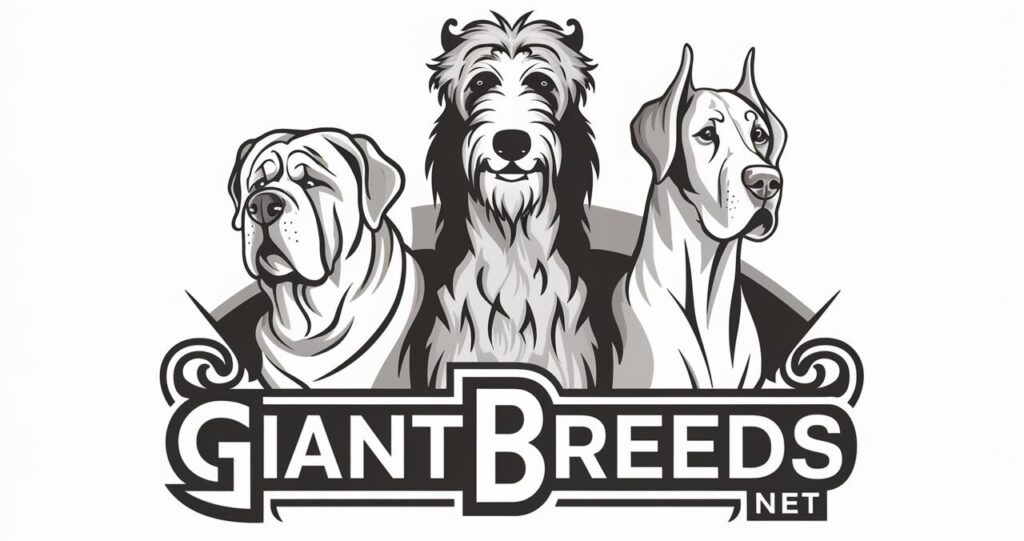

Introduction: A Matter of Trust and Timing
House training a giant breed dog isn’t just about preventing accidents—it’s about establishing a language of respect, timing, and trust. When a 150-pound dog has to go, it has to go, and if we haven’t built the structure, signals, and consistency to make their needs understood, the fallout (and the clean-up) lands squarely on us.
This is the first contract of cohabitation: your dog agrees to trust you with their needs, and you agree to notice their signals, meet their timing, and create an environment where accidents don’t feel like betrayals. That is the spirit of Setting One in our Social Code—a safe place—and nowhere is it more important than here, in this quiet daily dance of “I need to go.”
House training a giant breed is a shared act of awareness. It’s not about who’s in charge—it’s about whose job it is to listen. And for something as basic as going to the bathroom, the answer should always be: all of us.
Laying the Groundwork – House Training Starts Before the First Accident
Before your puppy ever squats on the floor, before your adult rescue circles near the door, and long before you sign over your senior dog’s bathroom confusion, the first rule of house training must be understood:
It’s not about accidents. It’s about awareness.
House training starts with observation. Noticing how your dog behaves in the moments leading up to elimination—pacing, sniffing, turning circles, staring at the door, disappearing into quiet rooms. For each dog, the signs are a little different. For each person, the challenge is learning what those signs are and doing it quickly.
Think of house training like teaching a child to use words instead of tears. Dogs don’t cry when they need to go—but they do speak, in their own way. And when the whole household learns to watch, to listen, to be part of that communication, the process stops being a one-person job. It becomes a family rhythm.
Giant breed dogs in particular rely on that rhythm. They are slower to mature physically, but emotionally attuned—watching their humans, looking for cues, waiting for structure. When house training is done right, it doesn’t just prevent messes. It gives the dog a sense of agency. They know they can trust the environment to respond.
And that’s what “a safe place” really means—a dog who knows they can ask and will be heard.
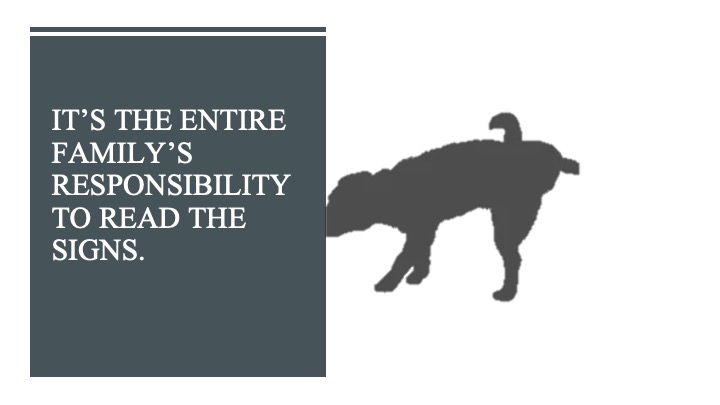
Routine and Schedule – Building Predictability into the Day
Dogs are creatures of habit—but giant breed dogs? They’re creatures of ritual. They find deep comfort in predictability, and it’s our job to make the rhythm of their world steady and knowable. For house training, that rhythm is your schedule.
A consistent routine is more than just convenience—it’s communication. You’re saying: “This is when the opportunity comes. This is when I listen.” And when your dog learns that there are reliable times to relieve themselves, they stop guessing. They stop stressing. They stop going inside the house.
We don’t start with correction. We start with consistency.
When and How Often Should You Let Them Out?
For puppies, the golden rule is one hour per month of age, give or take. An 8-week-old pup will need to go out every 2 hours, plus after eating, plus after drinking, plus after playing, or napping.
For adult dogs new to your home, assume they don’t know the routine yet. Just because they’re physically capable of holding it, doesn’t mean they know when or where they’re supposed to. Build the schedule like you would for a puppy—and adjust as trust and understanding grow.
For giant breeds, this often means slower maturity and longer house-training timelines. Their bladders are big, but so is the lag in muscle development and self-control. And the stakes of failure—emotionally and logistically—are much higher when the mess comes from a 120-pound Mastiff instead of a 12-pound terrier.
⏰ Sample Schedule for a Giant Breed Puppy (10–12 weeks):
• First thing in the morning
• After each meal
• After naps
• After play
• Every 2–3 hours during the day
• Last thing at night
• Once overnight, if needed
This isn’t overkill. It’s preventive structure. And the more often you’re successful in catching them before the accident, the faster your dog understands what’s expected.
The Emotional Side of Structure
There’s more to a schedule than bladder control. It makes the world feel stable. For a puppy adjusting to a new home, for a rescued adult recovering from instability, for a senior navigating the haze of aging—routine is reassurance. It’s part of what makes the home a safe place.
Every successful bathroom break is a quiet moment of clarity between you and your dog. A micro-ritual that says, “We understand each other.” When that’s repeated a dozen times a day, it builds something powerful: TRUST.
Helpful Products for Potty Training Giant Breed Dogs
No product can replace consistency, awareness, and effort—but the right tools can make the process smoother, cleaner, and less stressful for everyone involved. When house training a giant breed dog, small mistakes can turn into BIG MESSES—literally—so it pays to be prepared.
These recommendations support the routine, communication, and containment that create a successful potty-training experience. Just remember these are aids. You still have to do the work. The leash, mat, and cleaner won’t do it for you—but they’ll make your job a whole lot easier.
1. Extra-Large Crates or X-Pens
A properly sized crate is not punishment—it’s a den, a safe space that teaches control. For giant breeds, most off-the-shelf crates are too small. Look for crates specifically labeled for extra-large or giant dogs (48” and up), or modular x-pens that allow you to create a spacious resting area that still supports training boundaries.
2. Washable, Waterproof Potty Pads
Skip the tiny ones. Get the kind made for seniors, litters, or incontinence support. These are often reusable, hold serious volume, and stay put even under big feet. A great emergency fallback if you’re still learning your puppy’s signals—or if you’re stuck in a late-night rainstorm.
3. High-Quality Enzyme Cleaner
Mistakes will happen. An enzymatic cleaner break down urine at the molecular level so the scent doesn’t linger—because if your dog can still smell it, they’re more likely to go again in the same spot. This is non-negotiable.
We have several that we really like and list them below.
- Angry Orange Pet Stain and Odor Remover: This popular cleaner utilizes the power of citrus enzymes to break down and eliminate tough pet stains and odors. It’s known for its fresh orange scent and effectiveness on various surfaces like carpet, upholstery, and hard floors.
- Rocco & Roxie Professional Strength Stain & Odor Eliminator: A highly-rated enzyme cleaner that effectively tackles dog urine, feces, and vomit. It’s safe for use on carpets, hardwood floors, and upholstery and is certified by the Carpet and Rug Institute (CRI).
- Nature’s Miracle Advanced Stain & Odor Eliminator for Dogs: This product uses a powerful enzymatic formula specifically designed for tough dog messes. It comes in various scents and formulations for different types of stains and surfaces.
- Simple Solution Extreme Pet Stain and Odor Eliminator: This cleaner boasts a 3X pro-bacteria cleaning power to eliminate strong dog urine, feces, and vomit odors and stains from carpets and floors.
- Biokleen Bac-Out Stain & Odor Remover: A plant-based enzyme cleaner that is environmentally friendly and safe for use around pets and humans. It’s effective on various surfaces and fabrics.
- Puracy Pet Stain & Odor Eliminator: Made with natural ingredients and a refreshing cucumber and mint scent, this enzyme cleaner is excellent for carpets and upholstery.
- KINZUA ENVIRONMENTAL Urine B-Gone: A professional-strength enzyme cleaner designed to penetrate deep into carpets and upholstery to remove stains and neutralize odors, even from padding and subfloors.
- Eco Strong Pet Stain and Odor Remover: This bio-enzymatic formula effectively breaks down odor and stain-causing proteins in pet urine and other organic matter. It’s safe for various surfaces and is made in the USA.
- Sunny & Honey Pet Stain & Odor Miracle: An enzyme cleaner known for its effectiveness on dog urine, cat pee, feces, and vomit on carpets, rugs, and upholstery. It often comes with a pleasant scent.
- Skout’s Honor Urine Destroyer for Dogs: Specifically formulated to target and eliminate dog urine stains and odors. They offer various formulations and scents.
- OdoBan Pet Odor Eliminator: While not exclusively an enzyme cleaner, OdoBan is highly effective at eliminating pet odors and can be used on a wide range of surfaces. Some formulations do contain enzymes.
- Arm & Hammer Pet Stain & Odor Remover: This brand offers various cleaning products for pet messes, some of which include enzymes to break down stains and neutralize odors.
- Folex Carpet Spot Remover: While not solely an enzyme cleaner, Folex is a popular and effective solution for removing various stains, including pet accidents, from carpets and upholstery.
- Bissell Professional Pet Urine Eliminator: Specifically designed for pet urine stains and odors, this enzyme cleaner can be used alone or with Bissell carpet cleaning machines.
- Simple Green Cat Pet Stain and Odor Remover: Utilizing natural enzymes, this cleaner is effective on urine, feces, vomit, and other pet-related messes on various surfaces.
- Gone For Good – Professional Enzymatic Stain & Odor Remover: A concentrated, all-natural, and pet-safe enzyme cleaner effective on various organic stains and odors on hard and soft surfaces.
- Calyptus Pet Stain and Odor Remover: Often featuring a combination of enzymes and citrus cleaning power, these products aim to tackle both stains and odors effectively.
- Nature’s Miracle Dual-Action Hard Floor Cleaner, Pet Stain & Odor Remover: Specifically formulated for hard floors, this cleaner uses enzymes to remove pet stains and odors without damaging the surface.
When choosing an enzyme cleaner, consider the type of surface you need to clean, the severity of the stain and odor, and any scent sensitivities you or your pets might have. Always follow the manufacturer’s instructions for the best results.
4. Leashes for Guided Bathroom Breaks
Use a leash even in your own backyard—especially in the early days. This keeps the dog focused, prevents distractions, and allows you to mark and reward the exact moment they go. Choose a lightweight leash for puppies or a sturdy 6-foot leash for adults.
5. Portable Bells or Dog Door Chimes
Some dogs naturally take to signal training—and potty bells give them a clear way to say, “I need to go out.” Hang them near the exit and pair them with every successful break. Eventually, they’ll learn to ring them on their own.
6. Timer or Smart Home Alerts
Use your phone or smart home device to remind you of potty breaks. It sounds silly, but when you’re busy or sleep-deprived, even the best-intentioned routine falls apart. A consistent reminder keeps the rhythm alive.
7. Baby Gates – A solid alternative or supplement to crate training, baby gates allow you to block off parts of your home without full confinement. They help create safe zones where your dog can roam without getting into trouble—or sneaking off to have an accident. Perfect for setting up temporary boundaries in hallways, kitchens, or laundry rooms, baby gates give you visibility and your dog a sense of freedom within limits. Look for adjustable, pressure-mounted options that are easy to move and secure.
Bonus Tip: Using Alexa to Stick to the Potty Schedule
For those of us juggling life, kids, and giant dogs who don’t yet tell us clearly when they have to go, a reminder system can make or break your consistency.
If you have an Amazon Alexa device, you can set a reminder in two easy ways. You don’t need to be a tech genius—you just need to show up on time every two hours.
1. Verbal Alexa Command (Just Say This Out Loud):
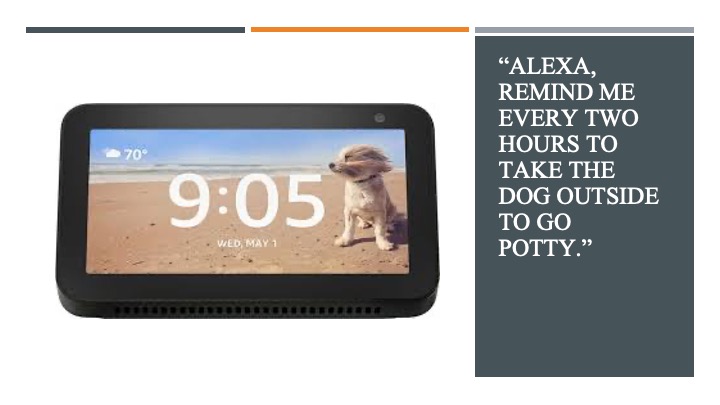
Alexa will confirm your reminder and repeat it automatically every two hours.
2. Written Prompt in the Alexa App:
This may Vary over time but you will get the idea.

- Open the Amazon Alexa app.
- Tap “More” > “Reminders”.
- Tap the “+” icon to create a new reminder.
- Type:
Reminder: “Take the dog out for a potty break.”
When: Choose a time (e.g., 8:00 AM)
Repeat: Every 2 hours - Choose your device (e.g., “Kitchen Echo” or “Living Room Dot”).
You can use similar prompts to set up reminders in iPhone Serie and Google Assistant. And if you need help you can always ask their perspective AI’s how to set up those reminders and they will not only walk you through the process but will sometimes ask if you want them to go ahead and set that up for you.
Closing Thought

These tools aren’t shortcuts—they’re part of a system. A system that says, “I see you. I’m listening. I’ll give you the best chance to succeed.” And that’s the heart of the Social Code—mutual clarity, shared success, and a world built together.
Clean-Up is Communication—What Every Accident Teaches
In a perfect world, house training would be linear—one direction, no setbacks, quick rewards. But giant breed dogs aren’t robots, and humans, for all our ambition, don’t always notice the signs fast enough. Accidents will happen. What matters is how we respond, because every response is a message in itself.
Accidents Aren’t Failure—They’re Feedback
If your dog has an accident in the house, they aren’t plotting revenge. They aren’t being spiteful. They are simply functioning in a system that hasn’t fully connected yet. Maybe your timing was off. Maybe they’re still unclear on what’s expected. Maybe the signal they gave wasn’t obvious to you. These moments aren’t breakdowns—they’re diagnostic tools.
Responding with frustration or punishment only teaches fear and confusion. A harsh tone might tell your dog, “It’s not safe to go potty near my human,” which leads to sneakier accidents rather than honest progress. Instead, remember Setting One of the Social Code: a safe environment. That means emotional safety, too. Clean up the mess without fanfare. Make a mental note. Adjust the schedule. And move forward.
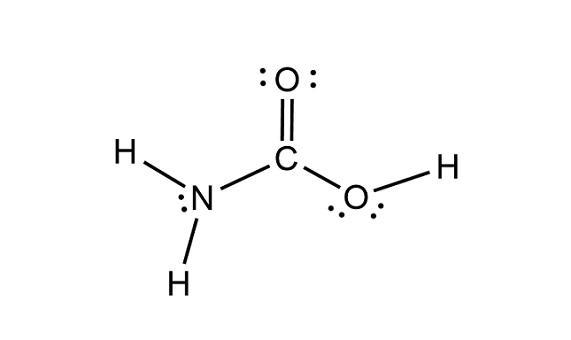
Enzymes Over Elbow Grease
When it comes to cleaning, regular household cleaners aren’t enough. Dogs have noses that put ours to shame, and if a potty smell remains—even if it’s invisible to you—they may return to that spot again.
Invest in an enzyme-based cleaner specifically designed to break down urine and feces at the chemical level. Spray it generously and let it sit. This small act isn’t just about sanitation—it’s about removing temptation and helping your dog succeed.
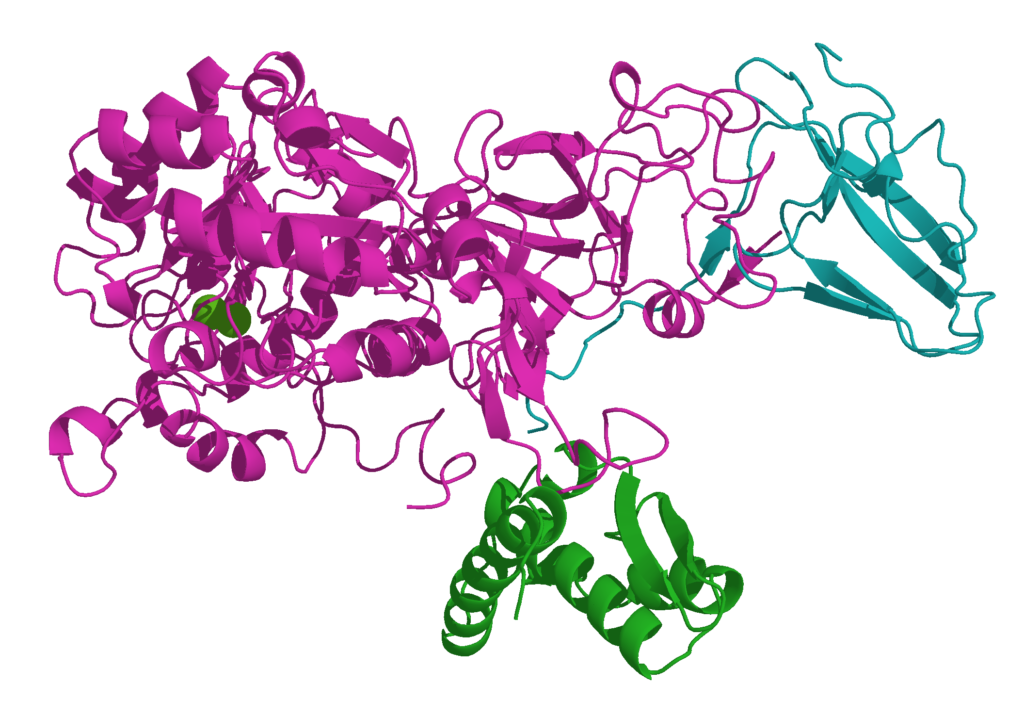
Accidents Can Be Messages
Sometimes a dog who’s been doing well suddenly regresses. It’s easy to feel frustrated but pause before reacting. Ask yourself:
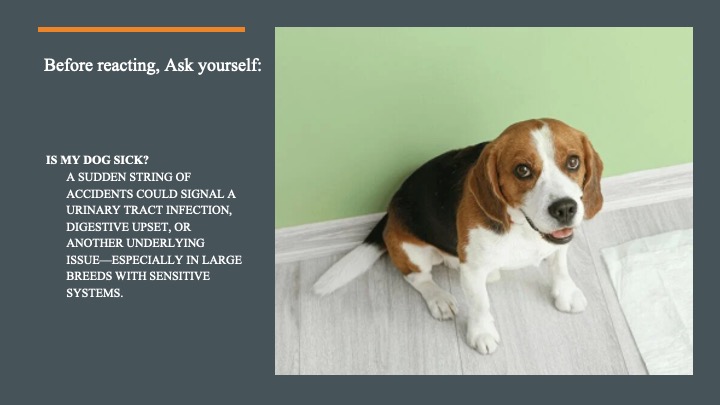

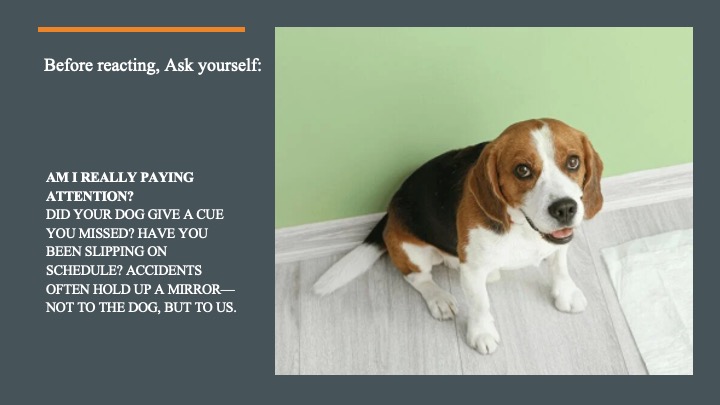
- Is my dog sick?
A sudden string of accidents could signal a urinary tract infection, digestive upset, or another underlying issue—especially in large breeds with sensitive systems. - Has something changed?
New visitors, construction noise, a change in routine, or stress in the household can all disrupt potty habits. A return to basics may be needed. - Am I really paying attention?
Did your dog give a cue you missed? Have you been slipping on schedule? Accidents often hold up a mirror—not to the dog, but to us.
This is the human part of training: the reflection, the recalibration, the accountability.
Learning Goes Both Ways
Potty training isn’t a one-way communication. It’s a conversation. Your dog is learning to speak in signals—you’re learning to listen for them. When an accident happens, don’t ask, “Why did you do that?” Instead ask, “What didn’t I see?” That’s how the Social Code is reinforced: not with blame, but with mutual awareness.
So, keep your enzyme spray nearby, your ego on a leash, and your sense of humor intact. Every mess cleaned with patience is a step toward clarity. Every skipped punishment is a vote for trust.
The Power of Praise & Quiet Success
In the beginning, there’s a certain magic to every successful potty trip—a small triumph that deserves more than a casual “good job.” For a young or newly adopted dog, each time they go in the right spot isn’t just a bodily function. It’s a moment of clarity in a world that’s still fuzzy around the edges. And how we respond—how You respond—can make or break the confidence they’re building in that new world.
Why Early House Training Requires More Celebration Than Correction
Your dog is trying. Even if it doesn’t always look like it. Early house training is less about teaching them where to go and more about teaching them that you see them, and you’re proud. If you’re serious about making your home a Safe Place—the first pillar of the Social Code—then you need to lead with encouragement. Every “yes!” and happy tone you offer is a thread in that blanket of safety they’re learning to trust.
For puppies and even adult rescues, the world often feels like a puzzle missing half the pieces. When they get something right, let them know. Not with chaos, not with clapping and shouting, but with warmth and shared joy. A soft “good potty,” a scratch under the chin, a treat slipped from your pocket—these things speak volumes.
The Difference Between Praising Outcomes vs. Reinforcing Habits
Celebrating the moment is good. Reinforcing the habit is even better. If your praise only comes after the fact, the dog may not connect the dots. But if your routine includes anticipation—walking with purpose, pausing at the spot, and then offering praise when they go—you’re not just cheering a victory, you’re reinforcing a pattern.
Dogs, especially giant breeds, thrive on structure and rhythm. Praise becomes more than a reward. It becomes a ritual, a part of your shared language. One that says, “We’re in this together. I see you learning.”
Tone and Energy Matter—How You React Shapes Their Confidence
You are your dog’s emotional compass. If you react with calm, measured joy when they succeed, they’ll learn that calm is safe, that success doesn’t have to be wild or overwhelming. If you scold or even tense up over mistakes, especially after the fact, they don’t just learn to avoid accidents—they learn to hide them.
That’s not trust. That’s fear.
Your tone matters. Your body language matters. You’re building a foundation not just for house training but for every bit of obedience and mutual respect that follows. This is the Social Code in action: clarity, consistency, and safety as the framework for everything else.

Avoiding Scolding for Accidents (Especially After the Fact)
There’s a quiet truth in dog training: If you’re cleaning it up, you’re too late. Dogs don’t understand the why of a scolding unless it’s paired with the moment the mistake happens—and even then, fear is a poor teacher.
Scolding after an accident teaches one thing: “My human gets scary when they see pee.” That’s not clarity. That’s confusion. It drives accidents into hidden corners and builds shame in a space that should feel safe.
Clean it up. Move on. Recommit to the schedule, to the signals, to your part in this shared responsibility.
Subtopic: “What to Do When You Catch Them Mid-Pee”
Here’s the exception—and even then, gentleness rules.
If you catch them mid-stream, it’s okay to interrupt. A soft but clear “outside!” or “wait!” and a gentle scoop or leash grab can redirect them. Don’t shout. Don’t punish. Just move. Then when they finish outside, praise like it was their idea all along.
You’re not just correcting. You’re coaching. They’re not disobeying. They’re learning. And your response will determine whether they feel shame or safety, fear or trust.
MYTH:There’s an old, stubborn myth that still clings to the corners of dog training culture—
“If they go in the house, rub their nose in it and they’ll learn.”
Maybe you heard it growing up. Maybe someone even did it to a dog you knew. But let’s be clear: this approach is not only ineffective, it’s deeply damaging. Dogs don’t make the same connection between mess and memory that humans do. Rubbing their nose in it doesn’t teach them not to go inside—it teaches them that their mess makes you angry, that you’re unpredictable, and that the safest choice might be to hide their accidents from you. Fear replaces understanding. Shame replaces trust. And instead of building communication, you build distance. If your goal is to create a safe, respectful bond with your dog—one rooted in the Social Code and mutual responsibility—then this myth has no place in your home.
Crate Training and Confinement for House Training
Crate training, when done with empathy and intention, can be one of the most effective tools in your house-training toolkit. But it’s not about locking your dog up—it’s about offering them a space that belongs to them, where safety and routine come together. In the language of the Social Code, the crate is not a punishment—it’s a sanctuary. A quiet den. A place to rest, to reset, and to feel secure while learning the rhythm of the household.
Young dogs thrive when boundaries are predictable. A properly introduced crate helps reinforce the idea that there is a time and place for everything—even potty breaks. It supports your house training goals by limiting unsupervised time, which minimizes accidents and builds a natural schedule. Dogs are clean animals by nature; they don’t want to soil the place where they sleep. So, if the crate is cozy, well-sized, and introduced with patience and positivity, it can become a partner in their learning process, not a prison.
But not every household—or every dog—will take to a crate right away. That’s okay. The principle remains the same: gentle confinement as a tool to guide behavior, not restrict life. Baby gates, playpens, or a dog-proofed room can work just as well, especially if your dog struggles with crate anxiety. What matters is that your dog is safe, that the boundaries are clear, and that the environment remains calm and predictable.
This is where mutual responsibility comes in again. The crate doesn’t do the teaching—you do. It’s up to the people in the household to introduce it slowly, reward generously, and resist the urge to use confinement as punishment. If a crate becomes associated with your frustration, your dog will learn to fear it. But if it’s introduced with gentleness and structure, it becomes part of their vocabulary for comfort and calm.
Just like with any element of the Social Code, success comes from creating a space where trust can grow. And sometimes, that space is just big enough for a blanket, a favorite toy, and a young giant dog learning where—and when—it’s time to go.
Mistakes Happen—But They Don’t Mean Failure
No matter how careful you are, accidents will happen. House training isn’t a straight line—it’s more like a winding road with detours, potholes, and the occasional flat tire. The important thing is not to treat these mistakes as failures, but as part of the learning process for both you and your dog.
One of the most common owner slip-ups is waiting too long between breaks. You think, they just went an hour ago, but your pup’s internal clock doesn’t run on logic—it runs on biology. Other errors include inconsistent routines, scolding after the fact, or overcorrecting behavior that was never clearly taught in the first place.
When accidents happen, proper cleanup is more than about smell—it’s about communication. Dogs return to the scent of past potty spots. Use enzymatic cleaners specifically designed to break down the proteins in urine and feces. Regular household cleaners won’t remove the invisible “marker” your dog smells, even if the floor looks spotless.
Emotionally, your response matters. Losing your temper or scolding after the fact doesn’t teach your dog to go outside—it teaches them you’re unpredictable, and possibly unsafe. Calm correction keeps the lines of trust open. The Social Code calls for emotional neutrality during learning moments—this is part of creating that “safe place” where dogs are willing to try, make mistakes, and try again.
Sometimes, house training is as much about teaching yourself patience as it is about teaching your dog a routine.
Real-Life Application—The House Isn’t the Only House
Your dog may master the home environment beautifully, but what happens when you visit Grandma’s, check into a hotel, or stay at a friend’s house for the weekend? For many dogs, the idea of “this is where I potty” doesn’t travel well unless it’s been trained to.
That’s where generalization comes in—helping your dog understand that house training isn’t about your house, it’s about everywhere. Portable potty mats, verbal cues like “go potty,” and practicing in different locations can all help your dog apply their good habits in unfamiliar places.
This stage is also a test of trust. Many dogs hesitate to eliminate in new areas not because they’re shy, but because they’re uncertain—Will I be punished for this? You can answer that question by reinforcing the same calm encouragement you’ve used at home. Treats, praise, and consistent routines give them the confidence to act naturally.
When your dog knows that you’re not going to punish them for needing to relieve themselves—no matter where you are—they relax. That’s when real progress is made. Because the Social Code doesn’t stay behind at the front door. It travels with you, and it says: wherever we are together is still your safe place.
When the Schedule Slips – House Training for Senior Dogs
Time changes everything, and for senior dogs, it can change how they interact with their home and routines. An older dog may start having accidents not out of defiance, but because their body is quietly failing them. Weakening bladder control, slower digestion, and stiff joints all chip away at once-reliable habits. What once felt like a simple trip to the door may now feel like a trek, and the signals they used to give—whining, pacing, or pawing—can grow faint or disappear entirely.
Owners may find themselves caught off guard by these changes, especially if they’re subtle. But senior dogs speak softly, and it takes a more observant eye to see their cues. This isn’t a regression—it’s a shift in need. The answer isn’t to scold or retrain with frustration, but to adapt: increase outdoor breaks, reintroduce training tools like potty bells or indoor leashes, and check in more frequently with gentle eyes and calm energy. Sometimes a dog stays near their accident, not because they’re proud, but because they’re confused—or simply can’t move.
Medical issues like arthritis, cognitive decline, or infections can play a role too, which is why a vet’s insight is crucial. Track changes, notice patterns, and don’t wait too long to ask questions. When house training starts to slip in old age, our job isn’t to enforce—it’s to listen harder and expect less precision, more presence. The Social Code at this stage becomes less about structure and more about grace: holding space for your dog’s dignity even as the rules bend to their aging body. This isn’t the end of a lesson—it’s a new way to teach love.
Conclusion: House Training as a Mutual Language
House training is so much more than clean floors and empty carpets. It’s a form of conversation—a set of shared signals that allow a dog and a human to live in harmony. When it’s working, you can feel it. There’s less tension, more trust. The house doesn’t just function better—it feels better.
At its core, house training lives inside Social Code Setting I: The Home—a place of safety, reliability, and mutual respect. This code is not enforced through fear or punishment, but through consistency, celebration, and compassion. From the wobbly first weeks of puppyhood to the quiet adjustments of senior years, the goal remains the same: make the home a shared space, not just a human one.
Because this isn’t just your house.
It’s theirs too.
Make it feel that way.

